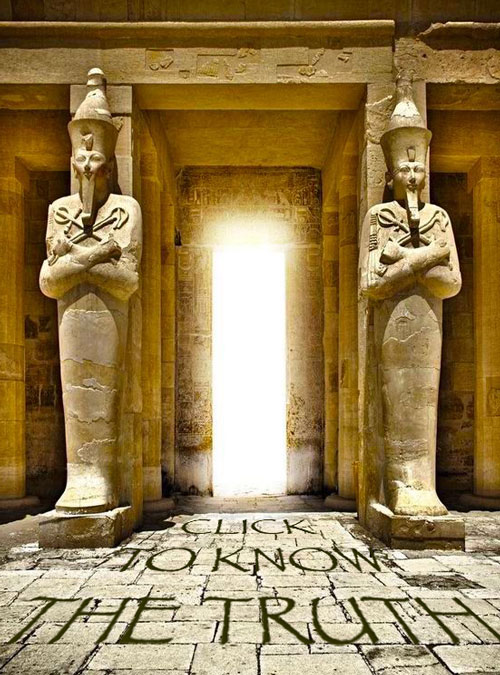The Blue Lotus
The blue lotus has been worshipped for thousands of years.

The ancient Egyptians noticed that at night the lotus closed its flowers and sank into the water and then reappeared in the morning. Because this sacred flower follows the same pattern as the Sun, it was associated with death and rebirth. There is, however, a subtlety to this pattern that we encourage you to explore.
Similar to ecstasy, blue lotus promotes a state of PEACE in which users are more talkative, comfortable and aroused. As a natural aphrodisiac, lotus rituals were all about sex, intimacy and longevity. The most common method of consumption was to brew the flowers into a tea or steep them in alcohol for up to three weeks; the alcohol enhanced the effects of the active chemicals. The gradual unfolding of the lotus petals in response to the Sun mirrors the awakening of our higher selves to the light.

In yoga, the “classic” meditation position is called padmasana or lotus position. It is said to help keep the back straight for the transmission of energy through the spine and to help reach the highest level of consciousness. This symbolises “reaching for pure knowledge while being rooted in the material world of experience”.
Meditating on the lotus is said to bring peace into all aspects of our being. The soul is said to live within the heart lotus and therefore the third eye chakra cannot be fully open without the heart being fully open, too.

In the hieroglyphics it is the blue lotus flower is the most commonly portrayed. The Book of the Dead contains spells for “transforming oneself into a lotus” and thus fulfilling the promise of resurrection. Click here to go deeper.
